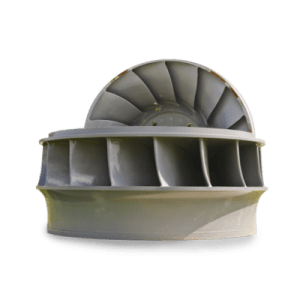20 questions: Electricity
Introduce the concept of electricity by thinking about objects that plug in and turn on.

Overview
Play a game of “20 questions” with your students to get them thinking about objects in their lives that use electricity.
Instructions
What you'll need
No materials needed!
Introduce electricity
- Introduce the idea that we use different objects to help us do things and some of these objects need electricity. Explain to your students that when something needs to be plugged into an outlet, that object uses electricity.
- Ask your students to share their ideas about electricity. Have them describe what happens when things are plugged in and turned on.
- Tell the students that in B.C., we use falling water to make electricity. That electricity travels through power lines to our homes, schools and other buildings. When we plug things into outlets, we are using electricity.
Play 20 questions
- Explain how “20 questions” works:
- One person thinks of something that uses electricity.
- The others have to ask questions that can be answered with “yes” or “no” to get information about the object.
- Based on the information they’ve learned, students try to guess what the object is.
- You can demonstrate how the game works by playing one or more rounds with the entire class, with you thinking of an object that uses electricity and the students asking “yes” or “no” questions until they guess correctly.
- Divide your class into pairs or groups of three to continue playing the game. Give everyone a chance to think of something that uses electricity and to answer questions.
Review
- After students have played a few rounds, come together as a class to share thoughts on the game. Ask your students these questions:
- Was it easy to think of something that uses electricity?
- Was it easy to guess the objects?
- What kinds of questions were helpful?
- Ask your students to describe what they know about things that use electricity.
Modify or extend this activity
- “Be safe around electricity” is an activity that can help students learn electrical safety.
- Have students play charades, acting out various objects that use electricity.
Curriculum Fit
Grade 2, 3 English Language Arts
Content
- Strategies and processes
- Oral language strategies
Grade 2 Science
Curricular competencies
Questioning and predicting
- Ask questions about familiar objects and events
- Make simple predictions about familiar objects and events
Communicating
- Communicate observations and ideas using oral or written language, drawing or role-play
Grade 3 Science
Curricular competencies
Questioning and predicting
- Make predictions based on prior knowledge
Assessments
Assess the ability of your students to ask questions and make predictions about the objects during "20 questions".
Teaching Notes
Most electricity in B.C. is generated inside hydroelectric dams. The dam holds back the water in a reservoir and then channels it through large pipes called penstocks. The energy of the falling water is used to turn large wheels called turbines, which then spin generators, which create electricity.
Electricity travels from generators through a network of high-voltage transmission lines to substations near our communities. The substation sends the electricity to the buildings and homes where it is needed over wires called power lines.
The grey cylinders you see on power poles are called transformers. Sometimes these are on the ground in metal boxes called padmount transformers. Transformers lower the voltage of the electricity so it can be safely used in our communities.
As electricity enters our homes, businesses and schools, it passes through a meter. The meter measures the amount of electricity we use. The electricity then flows through wires in the walls and ceilings of our buildings to outlets where it can power our appliances, lights, and other devices.







